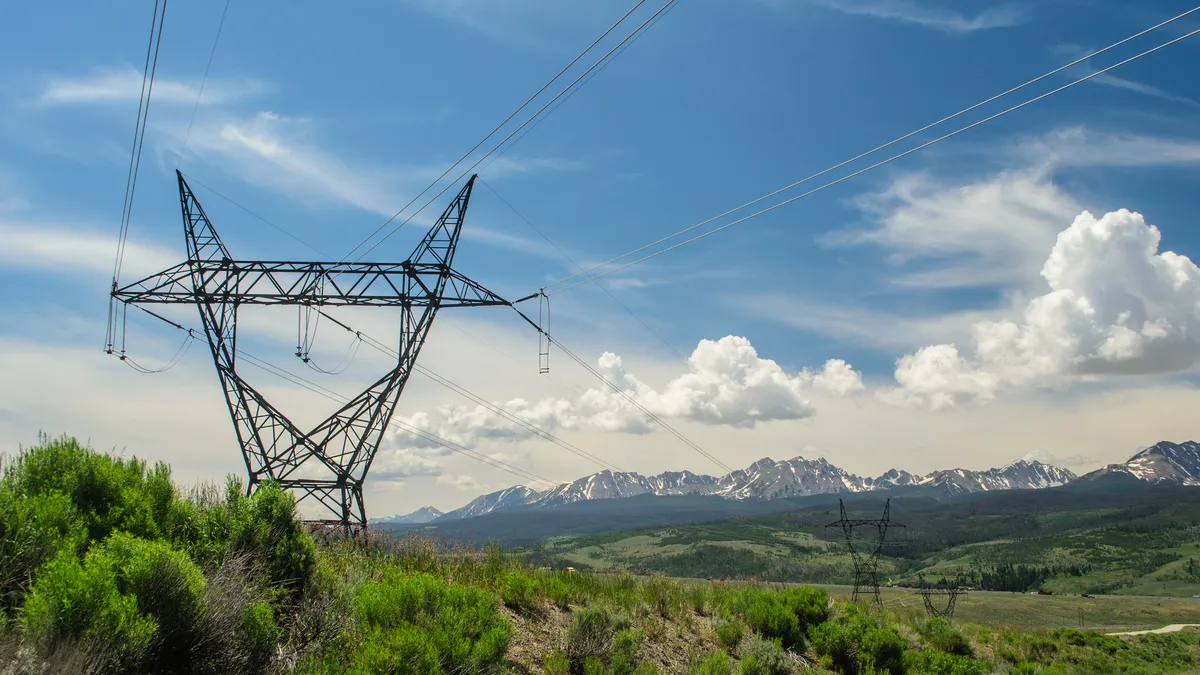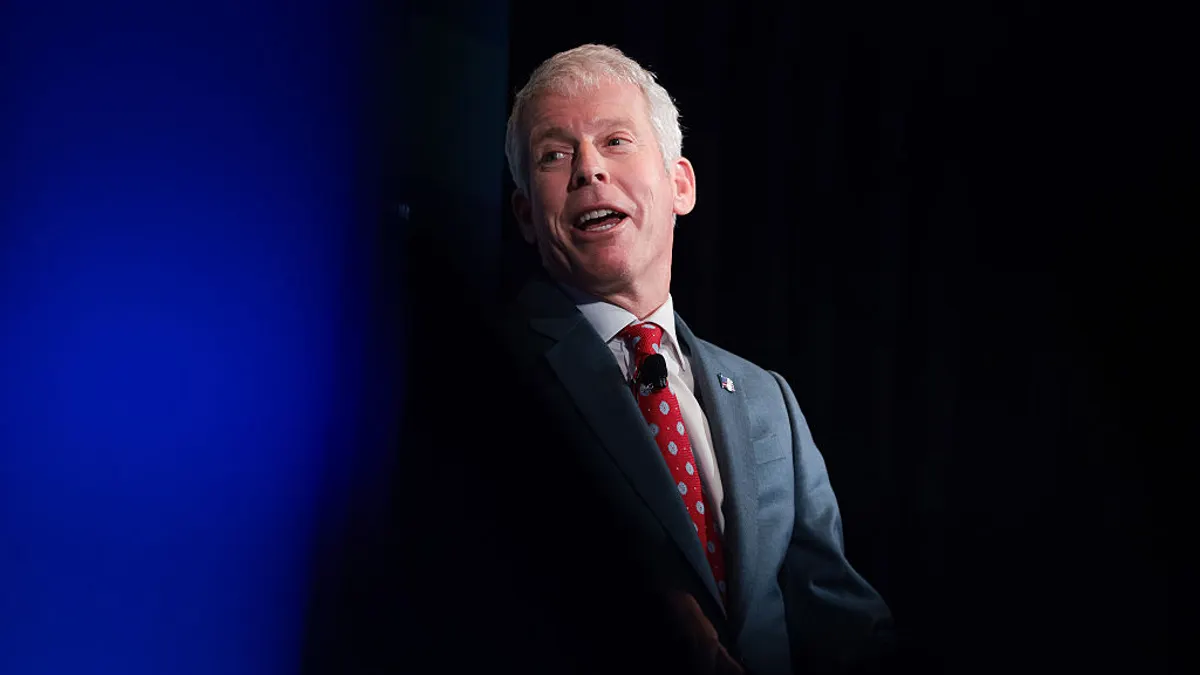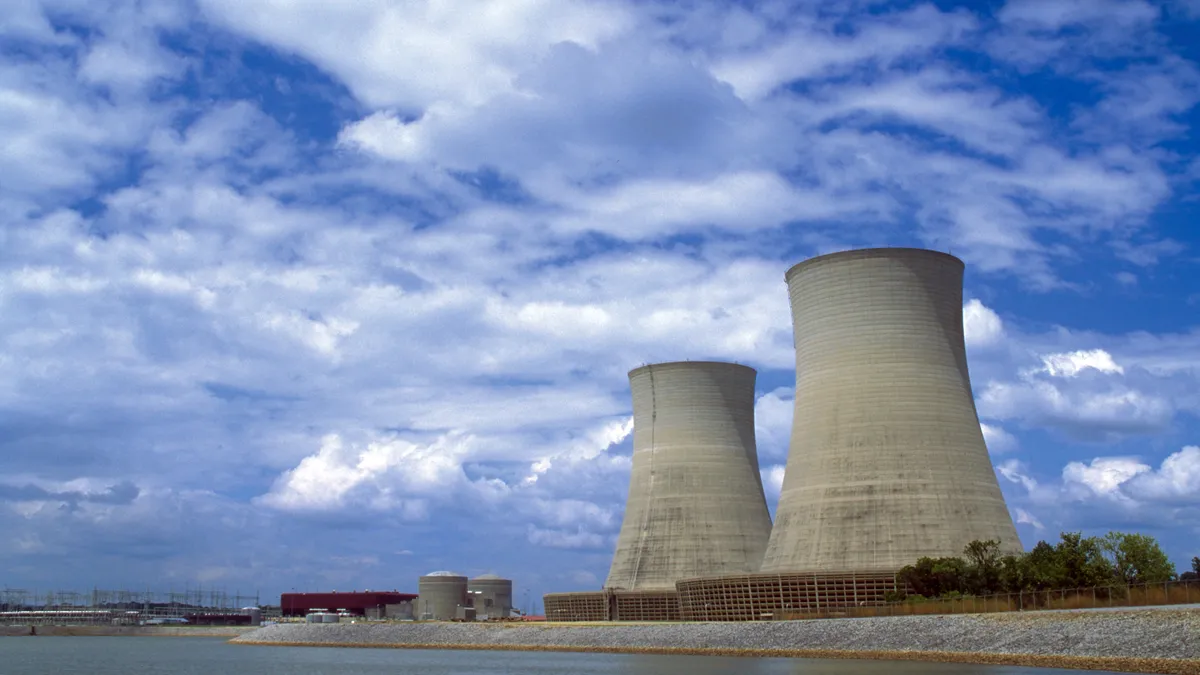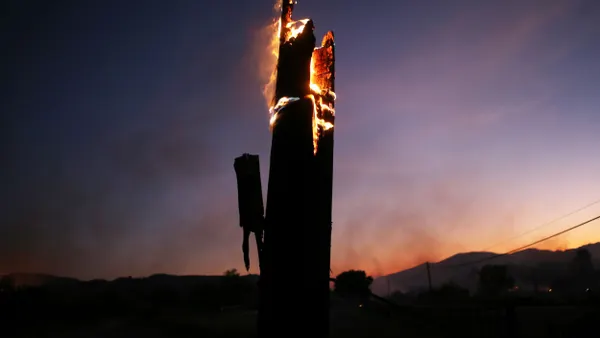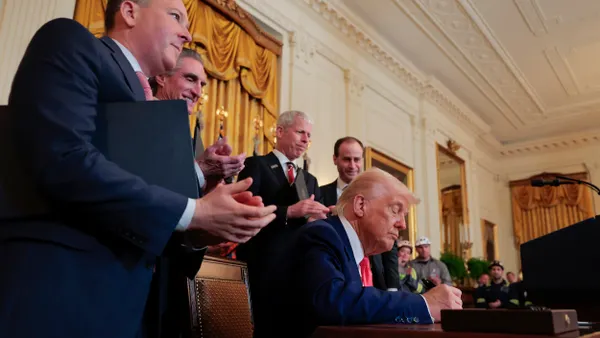Dive Brief:
- Increased coordination between 11 Western states could save up to $3.25 billion per year — but the states need not create a regional transmission organization or agree on clean energy policies to realize savings, according to a study led by researchers at the University of California San Diego.
- At the lower end of coordination, expanding energy imbalance markets in the West could realize between $330 million to $610 million in annual savings. Coordinating transmission planning alone could save $125 million to $2.23 billion, while enhanced coordination in generation planning could yield a further $17 million in savings, according to the study.
- By focusing less on environmental benefits and more on the potential cost savings, Western states may be able to overcome their political differences to improve power system coordination, said Michael Davidson, an assistant professor in UC San Diego's School of Global Policy and Strategy.
Dive Insight:
While many studies have suggested the Western U.S. could benefit from an RTO because regional grid coordination could accelerate decarbonization, disparate political beliefs about the value of clean energy have prevented the West from realizing this potential.
So the researchers at UC San Diego decided to try a different approach: evaluating the impacts of more incremental coordination that could occur even if the West never agrees on a more uniform, RTO-like regulatory structure. And several actions, from energy market expansion to improved coordination in transmission planning, could have a sizable impact on energy costs in the West, Davidson said.
Expanded reserve sharing across the 11 states in the study — Washington, Oregon, California, Nevada, Idaho, Utah, Arizona, New Mexico, Colorado, Wyoming and Montana — is probably a baseline minimum action required to realize savings from any other actions, he said.
After that, improved coordination in transmission planning could result in the greatest potential savings — up to $2.23 billion, according to the study. But an expanded energy imbalance market could also save hundreds of millions per year, regardless of whether states coordinate their transmission plans. Coordinated resource adequacy planning or generation planning could also help Western states save — regardless of whether the region ultimately agrees on a uniform clean energy standard or not.
Some of the greatest financial benefits, Davidson said, could actually come from states like California that have more strict energy standards adopting a more lenient policy around importing power from other states.
“If you have a high clean energy standard, you have to build mostly in-state,” he said. “If we relax that and say ... we are OK building in this other jurisdiction if it is cheaper, then we get even more savings.”
The scenarios described in the study suggest the creation of an RTO-like organization to help coordinate activities across the 11 states, but it isn't necessarily a requirement. Western utilities themselves could likely expand existing energy imbalance markets largely on their own, Davidson said.
But beyond that, he said, greater coordination on topics such as transmission planning would require some state-level policy action. And some of the actions envisioned in the study, such as region-wide generation planning, would go beyond the types of activities associated with the typical RTO, Davidson said.
“Regulators have to approve some costs for joining EIMs, but they are pretty minor. But if you are talking about changing how transmission is sited ... that has to be state-level,” he said. “It's not something utilities can solve on their own.”


